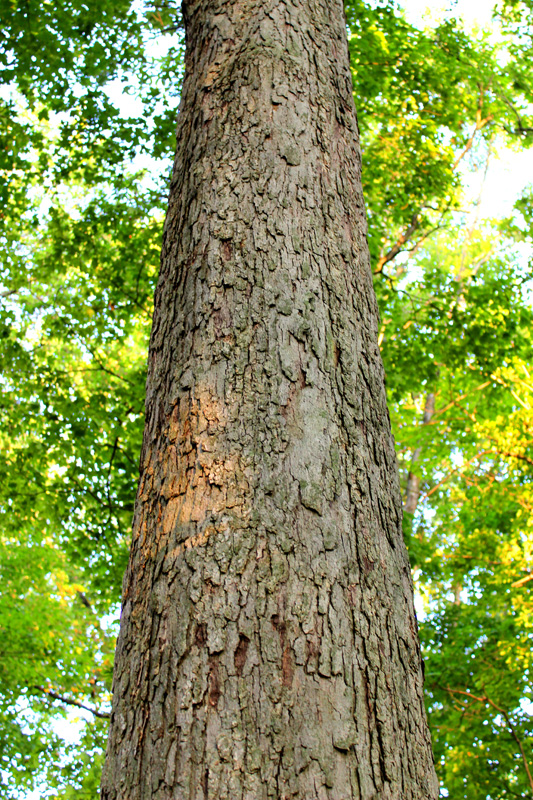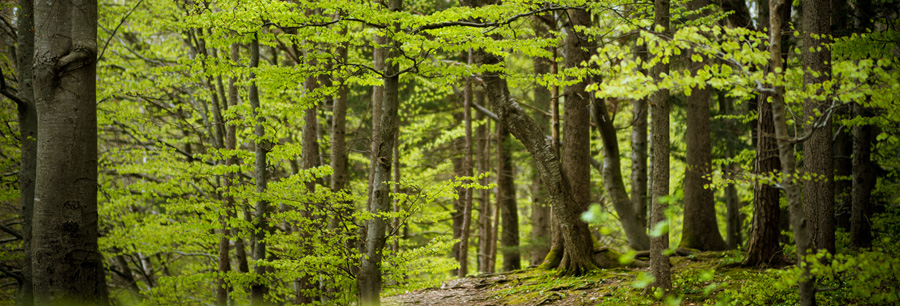 White Oak (Quercus alba)
White Oak (Quercus alba)
is one of the most widespread species in the Midwest. Although being common, it is one of the most demanded species on the market. It’s uses include industrial and decorative applications. Besides the excellent commercial value, white oak is a preferred species for many species of wildlife. White oak is a heavy and strong species that is in high demand. White oaks with few defects can bring high prices.
Wildlife value
White oak is an extremely valuable tree species to wildlife because of their tasty acorns. In tests wildlife will usually prefer acorns from a white oak compared to red oak acorns. The one downside of white oak acorns are they sprout quickly after ripening. So many animals will eat the white oak acorns immediately and if they store acorns it will be the red oak acorns that are stored.
Commercial Value
White oak is the second most valuable timber species in the Midwest, behind black walnut. White oak is sought after for many interior applications ranging from furniture (especially church furniture), cabinets, millwork, and hardwood flooring. It is also a very dense wood making it a favorite for industrial applications such as railroad ties, mine timbers, pallets, blocking, industrial, agricultural, and truck flooring. As a naturally durable wood, it is also used where this attribute is important. Examples include fence posts, fence boards, sill plates, trailer beds, mine timbers, and railroad ties.
When one looks at the anatomy of white oak’s wood, the vessels (the pores which run nutrients up down living trees) of white oak have tyloses packed into them. Tyloses block any liquid movement making the wood impenetrable to preservatives. Therefore, one unique use of white oak is for tight cooperage such as wine and whiskey barrels.
Firewood Attributes
26 million BTU’s in a cord of air dried firewood.
Easy to burn.
Not easy to split
Does not smoke heavy.
Throws no sparks.
Minimal aroma.

